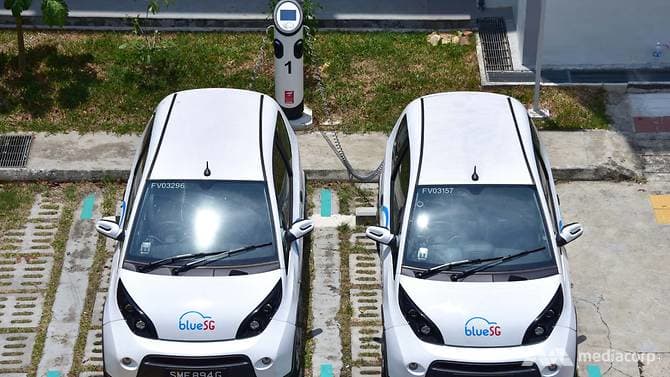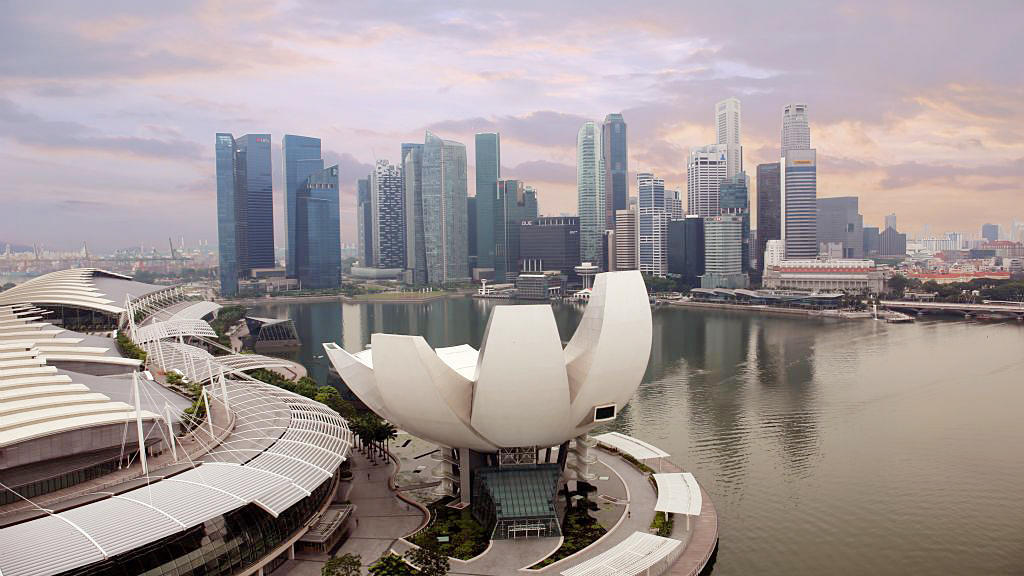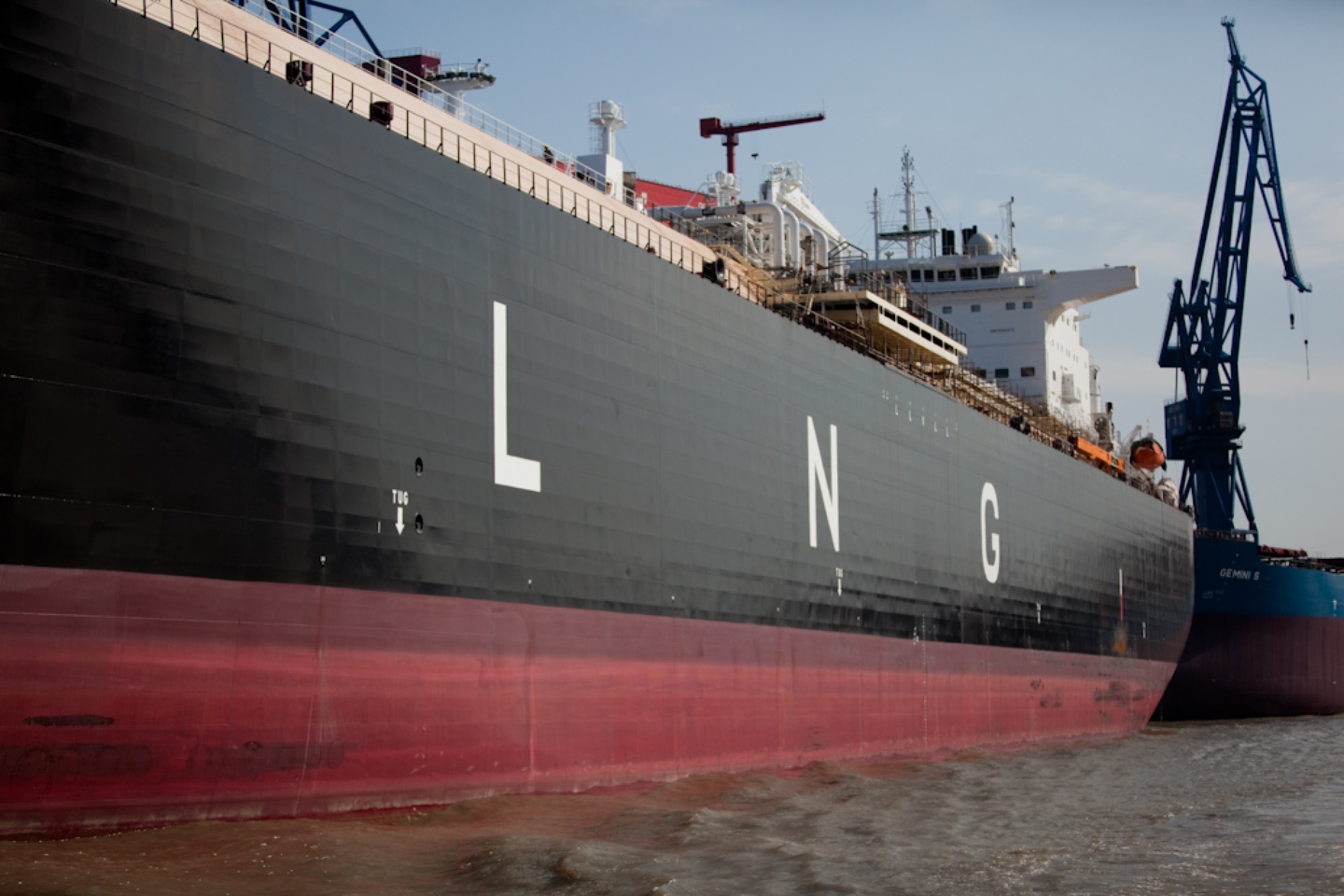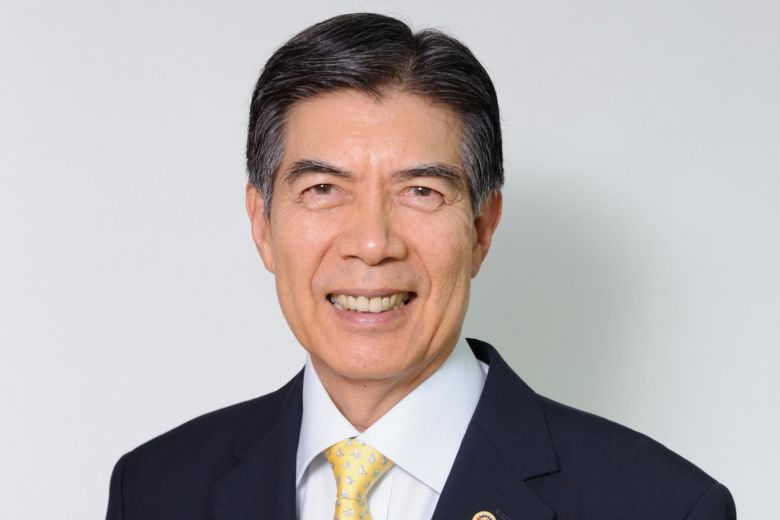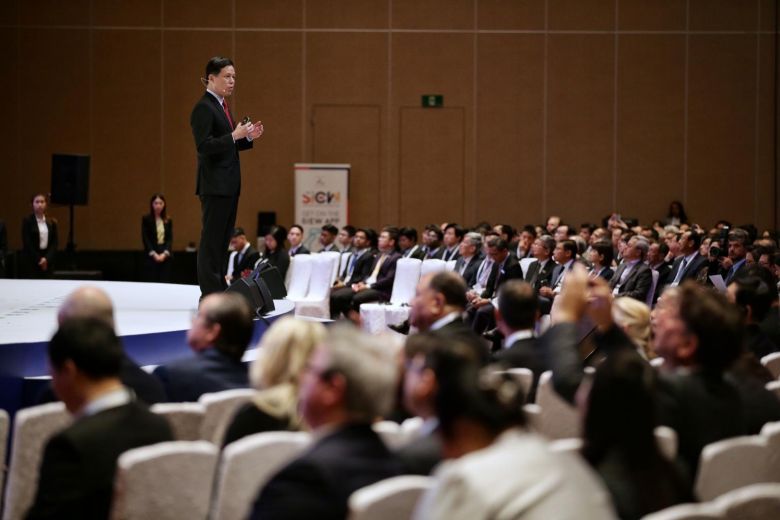- Others
–
- Singapore
SINGAPORE: At first glance, this three-storey structure looks no different from your average building.
On the ground floor, its lights shine, its fans whir, its air-conditioning units hum and employees go about their day-to-day work.
But the building, located at SP’s training centre at Woodleigh Park, is in fact disconnected from the national electricity grid.
Fully powered by renewable energy, it is the first zero-emission building in Southeast Asia powered by green hydrogen, SP Group announced on Wednesday (Oct 30).
READ: Singapore sets solar energy target for 2030 that would provide enough power for 350,000 homes
The Hydrogen Energy System used to power the three-storey building makes use of solar energy captured by solar panels on the grounds of the training centre.
This solar energy is used to conduct electrolysis – where water is broken down into hydrogen and oxygen. The hydrogen generated from this process is then channelled to tanks where it bonds with special metal alloy powders to form metal hydride.
When electricity is required, the stored hydrogen from the metal hydride tanks is then slowly released and passed through fuel cells to generate electricity.
The process is 100 per cent green, said SP in a press release, with zero carbon emissions.
READ: PUB to deploy Singapore’s first large-scale floating solar panel system by 2021
“Buildings contribute 40 per cent of energy-related carbon emissions worldwide,” said Mr Brandon Chia, head of SP Group’s Centre of Excellence. “The Hydrogen Energy System provides a safe and compact way of storing green hydrogen which powers the region’s first zero-emission building.
“We believe this can be a significant contributor towards Singapore’s climate change pledge to cut national emissions intensity by 36 per cent below 2005 levels by 2030.”
The Hydrogen Energy System, which is housed within a container outside the building and is fully automated, also tackles supply fluctuations and intermittency issues – common shortcomings of renewable energy, said SP.
When there is surplus renewable energy, this energy can be stored in the form of hydrogen in the metal hydride tanks. It can later be converted back to electricity when there is a deficit of renewable energy.
The use of the metal hydride tanks ensures that a large volume of hydrogen can be stored at a lower pressure, addressing the challenge of having a storage system which is safe for deployment in a highly urbanised area like Singapore, added SP.
READ: Greater participation in green workshops, amid calls for more climate change education in schools
Commentary: Climate action is our generation’s 1965
The system was developed in conjunction with Marubeni Corp and Tohuku University in Japan and was commissioned at the end of September. The building was taken off the main electricity grid and connected to the system from mid-October.
“The Group is always looking for new innovations that will be able to bring about, for our customers and for Singapore as a country, a more sustainable lifestyle,” Mr Chia told CNA during a visit to the building.
“We do this first to start building the capability. At this point in time the technology is new so it is comparatively more expensive … Where it becomes viable, we will be there with the capability to enable the deployment in Singapore.”
Read more at https://www.channelnewsasia.com/news/singapore/sp-group-first-zero-emission-building-green-hydrogen-12046124


